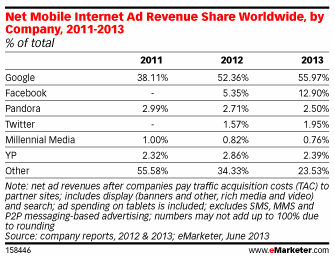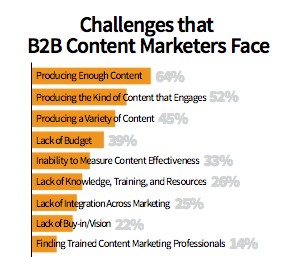ABM Study: The impact of B2B media on purchase decisions
It is one of these questions many B2B marketers would love to get an answer: How many of the B2B business professionals that can be reached by B2B media and live events are involved in purchasing decisions or supplier selections?
Well, a recent study by American Business Media’s “Value of B-to-B” report, which was based on 6,682 responses from business professionals, 74 marketers and 111 business publishers and released Wednesday, gives an answer: Of those purchase business decision makers responding to the survey 74% can be reached by B2B media and live events.
The web plays a critical role here. The study states that 87% of those use industry-related websites on their customer journey and research in the decision making process. What they predominantly use is print magazines (65%), industry conferences and trade shows (58%) and e-newsletters (55%).

However, we all think the world is completely digital these days, the study makes clear that 74% use both digital and traditional media to get latest best practices and get the right information for their business. The industry-related focus of the print publications is relevant for (68%) as they spend more time with those publications than with mainstream business or consumer publications.
PS: There are good signs for the media industry, too. Almost half of the responding marketers (45%) expected an increase in B2B advertising budgets for the next 12 months.

 There are different views on why
There are different views on why  Now, although mobile ad revenue is far from reaching big amounts of ad spendings, many marketers see it as a growth area. Whatever the number that is attached to total mobile ad revenue worldwide is, Google is the leader with over half of surveyed people according to eMarketer. And if you see the numbers it seems that Gogle is still not happy with the budget chunk they do get, reaching out for more it seems. But also Facebook investors will see some light at the end of the tunnel with mobile ads on the rise. However, Google might like the competition but all that market dominance simply making way for some more challenging competition.
Now, although mobile ad revenue is far from reaching big amounts of ad spendings, many marketers see it as a growth area. Whatever the number that is attached to total mobile ad revenue worldwide is, Google is the leader with over half of surveyed people according to eMarketer. And if you see the numbers it seems that Gogle is still not happy with the budget chunk they do get, reaching out for more it seems. But also Facebook investors will see some light at the end of the tunnel with mobile ads on the rise. However, Google might like the competition but all that market dominance simply making way for some more challenging competition.

 So, a questions arises that also came up today in my moderation: What is the real issue, why marketers don’t challenge the content marketing business?
So, a questions arises that also came up today in my moderation: What is the real issue, why marketers don’t challenge the content marketing business? Spot On!
Spot On!



 While Facebook turns more and more to search and ad exchange budgets, Google is still riding the mobile wave. In many moderations over the last two years, I could listen to their attitude towards building mobile websites, and why these are important to the business of the future. However, companies often resist to face the mobile evolution and still stick to their conventional desktop websites. Not to mention what this does to their brands when the user experience is driving into a nightmare of usability and readability.
While Facebook turns more and more to search and ad exchange budgets, Google is still riding the mobile wave. In many moderations over the last two years, I could listen to their attitude towards building mobile websites, and why these are important to the business of the future. However, companies often resist to face the mobile evolution and still stick to their conventional desktop websites. Not to mention what this does to their brands when the user experience is driving into a nightmare of usability and readability.